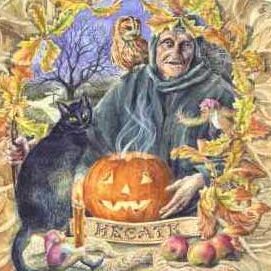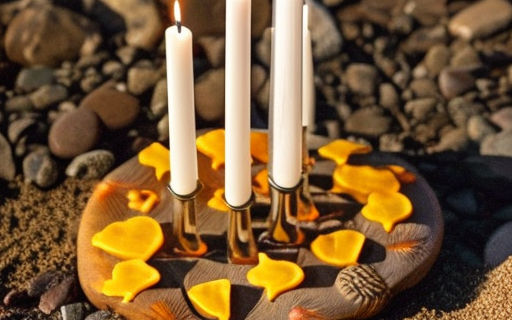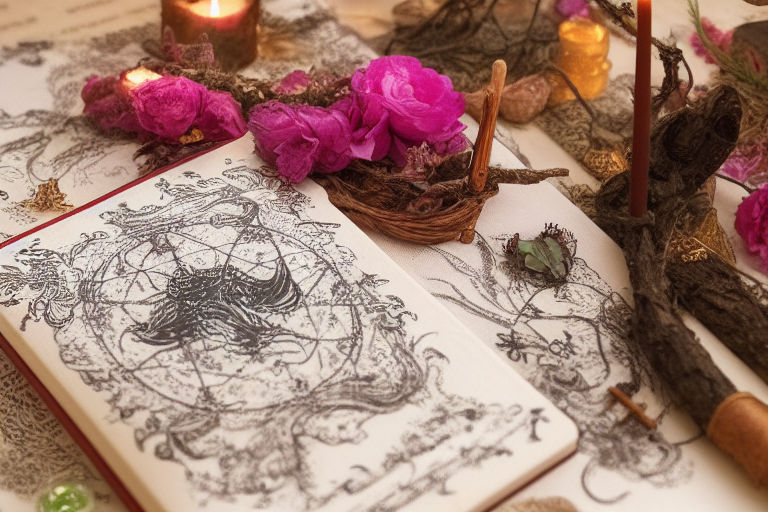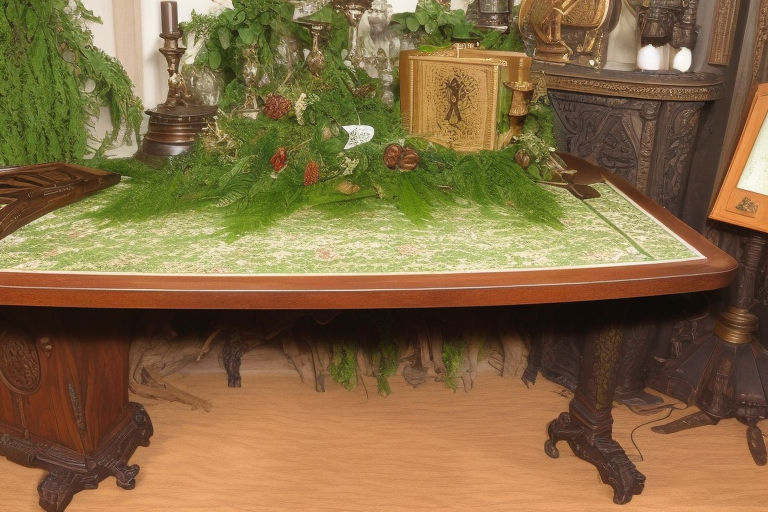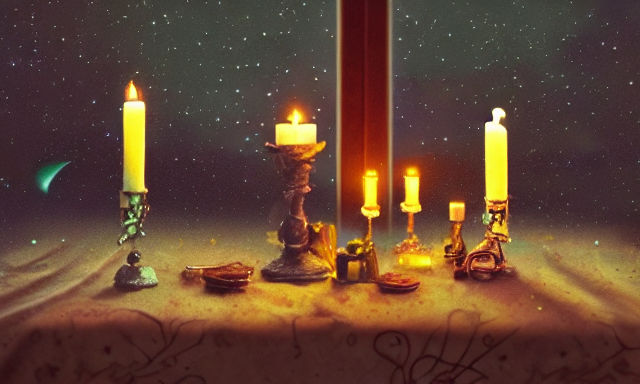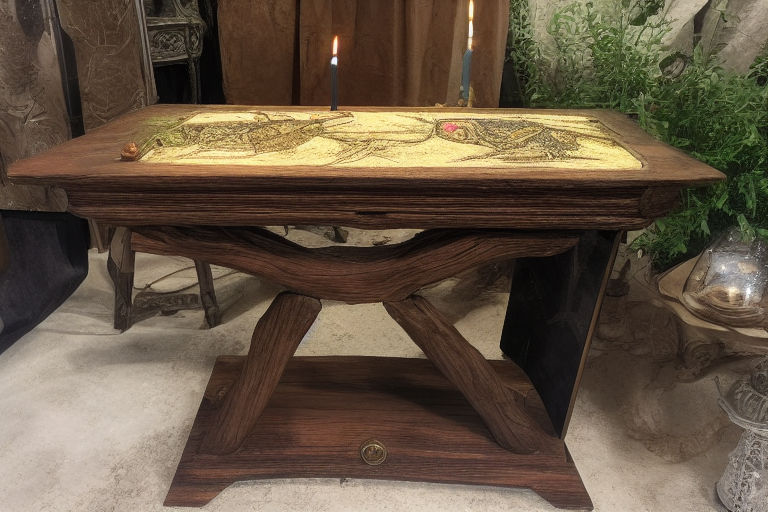Similarities Between Halloween and Samhain
While Halloween and Samhain share many similarities, these two festivals are not necessarily related. While they both celebrate the dead, Samhain is an ancient Celtic festival celebrated from sunset on October 31 to sunset on November 1 and has roots in Europe. The Celtics celebrated the dead and made sacrifices to the gods during this time, but Romans replaced this practice with Christian rituals.

Samhain is a festival of the dead
Samhain, a Celtic festival, is similar to Halloween, but it has different origins. In Celtic cultures, the festival was associated with death and the dead, and Christian missionaries were unable to change the Celtic customs. However, the Celts were not without their spiritual side, and it was common for them to conduct divination on the night of Samhain to determine certain things, including a future spouse, home, and children. It was also a time for communing with the spirits of the community.
The festival is also associated with bonfires, which symbolize the Sun and signal the end of winter. Today, many Halloween celebrations include bonfires. Like Halloween, Samhain is celebrated from October 31st through November 1st. It is considered one of the four main Celtic festivals.
During ancient Celtic culture, Samhain was a three-day festival, and participants were required to display themselves in front of local leaders during the festival. They were also required to stay near bonfires during the festival, as they were thought to repel evil spirits. Some cultures also relit hearth fires with the flames of the Samhain bonfire as a form of protection.
Like Halloween, Samhain celebrates the ancestors and the dead. The dead are considered sacred and honoured. Living relatives would put out a place setting for their departed relatives during Samhain feasts.
It is observed from sunset on October 31st to sunset on November 1st
Samhain is a pagan celebration that is believed to have Celtic roots. It is associated with harvesting crops and bonfires. It is first mentioned in early Irish literature around the 9th century and is associated with many important events in Irish mythology. Samhain celebrations traditionally include bonfires, sacrifices, and great gatherings.
Traditionally, Samhain is observed from sunset on October 31, and the new year begins on November 1st. This festival honors the dead and welcomes the harvest season. The Celtic people believe that the veil between the physical and spiritual worlds is thin, and the dead can visit the living. Some pagans observe Samhain by lighting candles on their windows to guide the dead back to the worlds beyond. Other pagans celebrate by building altars to their ancestors.
Samhain is celebrated in many ways, including the eating of kornigou (cakes shaped like antlers) and burning of candles. In some cultures, Samhain is celebrated in the same way as Halloween: as a secular holiday, it is celebrated from sunset on October 31st to sunset the following day.
While Samhain is widely celebrated throughout the world, the ancient Celtic peoples also celebrated four major festivals, including Samhain. In many cultures, Samhain represents the end of the summer season and the harvest. The ancient Coligny calendar divided the year into two halves. The dark half of the year began with the month of Samonios and the light half with the month GIAMONIOS. In the ancient Celtic calendar, these two months are closely related.
It is a commercial feast for pumpkin farmers
Samhain was originally a Celtic festival where people would sacrifice fruit, vegetables, and animals to the dead and light bonfires to ward off evil spirits. They also left food outside of doorways for spirits to feast on. They also wore masks and made noise to ward off bad spirits. These traditions evolved into modern day Halloween traditions.
The festival was also a time to take stock of stored crops. While many traditions have sprung up over the years, one common thread is the propitiation of nature spirits, including the aos-si and sidhe, to ensure a safe winter and good harvest the following year.
In the United States, Samhain is an important time for pumpkin farmers. In 2006, the pumpkin industry produced over 1 billion pounds of pumpkins. The leading states for production included Illinois, California, Ohio, and Pennsylvania. In North Carolina, pumpkins are grown in Transylvania County and Pumpkin Center. These communities are home to over 29,700 people. The small town of Pumpkin Bend, Ark., has 307 residents.
It marks the beginning of winter
Samhain marks the beginning of winter and the end of the harvest season. It is observed from the evening of October 31 to November 1 and falls between the autumnal equinox and the winter solstice. It was a holiday that the Celts observed as a transition from the harvest season to the winter season. It was a time of spiritual significance and was a time when the boundaries between the physical and spiritual worlds were dissolved.
The Celtic people considered Samhain as a liminal time, with many significant events occurring in liminal spaces and times. It marked the beginning of winter and the end of the fighting season for the Fianna, who retreated into winter camps and quartered the general population until Beltainne. Fionn MacCumhail also chose Samhain as the day to present himself before the Tara court. In myth, Lugh made a dramatic entrance to the court at Tara during this time. It is also believed that the queen of Connaught waited until Samhain to launch her great cattle raid.
The Celts celebrated Samhain in many ways. In Ireland, they held four fire festivals a year – one for the solstice and equinox. The ancient Celts believed that fires had cleansing powers. At Samhain, the Druid priests would light a huge fire that represented the sun. This was a symbolic gesture that kept away evil spirits and ward off bad luck.
It celebrates the turning of the wheel
In ancient Celtic and Norse cultures, the turning of the wheel was a celebration of renewal and growth. The Celts regarded the wheel as a symbol of the sun, and the festival began at sunset, ending the year and welcoming the beginning of the new year. As the veils between the physical and spiritual worlds are thinnest on this day, it was considered a time for reflection and dreams of new beginnings.
The name Samhain comes from the Celtic god Arawn, who was the god of death. The Celts, however, had their own interpretations of death and the afterlife. They believed that the underworld, or an underworld, was the realm of the dead. As such, people burned sacrifices and offered offerings to appease the gods, or mischievous spirits, who roamed the underworld. Pranks were often blamed on spirits and fairies.
The wheel is also the symbol of fertility. For Celtic pagans, Lammas is a time of sacrifice. The God sacrifices himself before the Goddess during this time, the blood of his sacrifice ensures fertility in the next Wheel of the Year. Wiccans also make corn dollies, a kind of bread in the shape of the Lammas God.
Other traditions include the celebration of the equinoxes. The equinoxes occur every six and a half weeks. These festivals were originally associated with fertility, and in some cultures, they were linked to the birth of the sun.
It is a Christian holiday
The Christian religion has had an enormous impact on Samhain. Its roots date back to the fifth century. The ancient Celts were converted to the Christian faith and their traditions were incorporated into Christian holidays. One of these Christian holidays is All Saints Day, observed on November 1 and All Souls Day on November 2. These holidays celebrate the souls and saints of the past.
While Samhain is a Christian holiday like the other traditional holidays, it has pagan roots. In pre-Christian Ireland, it was associated with the goddess Morrigan, who was associated with war and fate. She led the Tuatha de Danaan to freedom and was considered the goddess of war. Samhain also featured a number of rituals and customs, including slaughtering cattle and burning the bones in “bone fires”.
Christian missionaries attempted to change the Celtic religious practices by converting them to Christianity. Saint Patrick and Columcille were two early missionaries who were able to convert the Celts to Christianity. They also incorporated folk traditions like souling and celebrated Samhain as a Christian holiday.
Samhain has a rich history of celebration. It began as a pagan celebration in which spirits of the dead would roam the earth. In ancient times, these spirits were known to cause mischief and damage. To ward off the evil spirits, the Celts would set out food and treats outside the home, and place carved pumpkins in front of doors.


